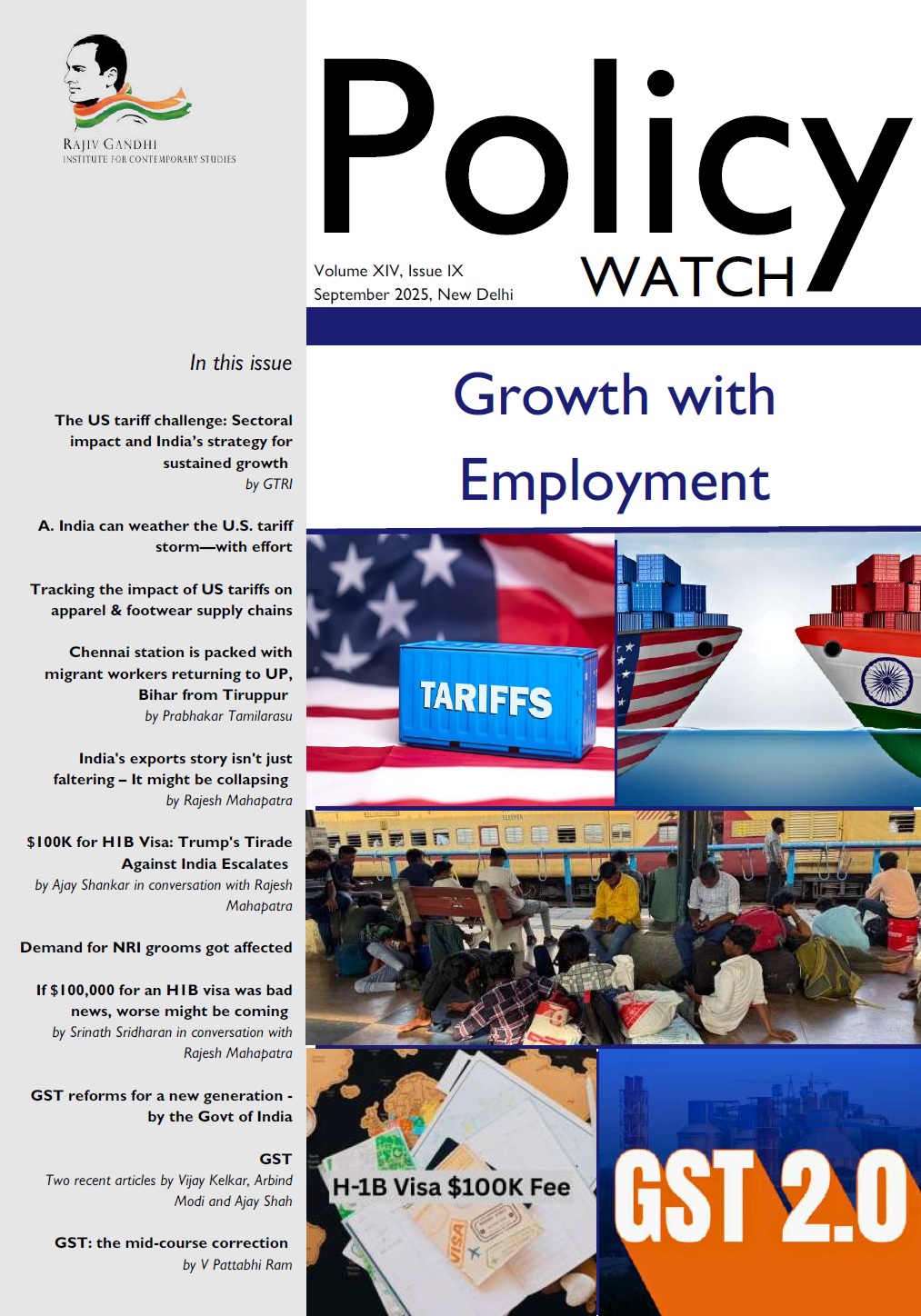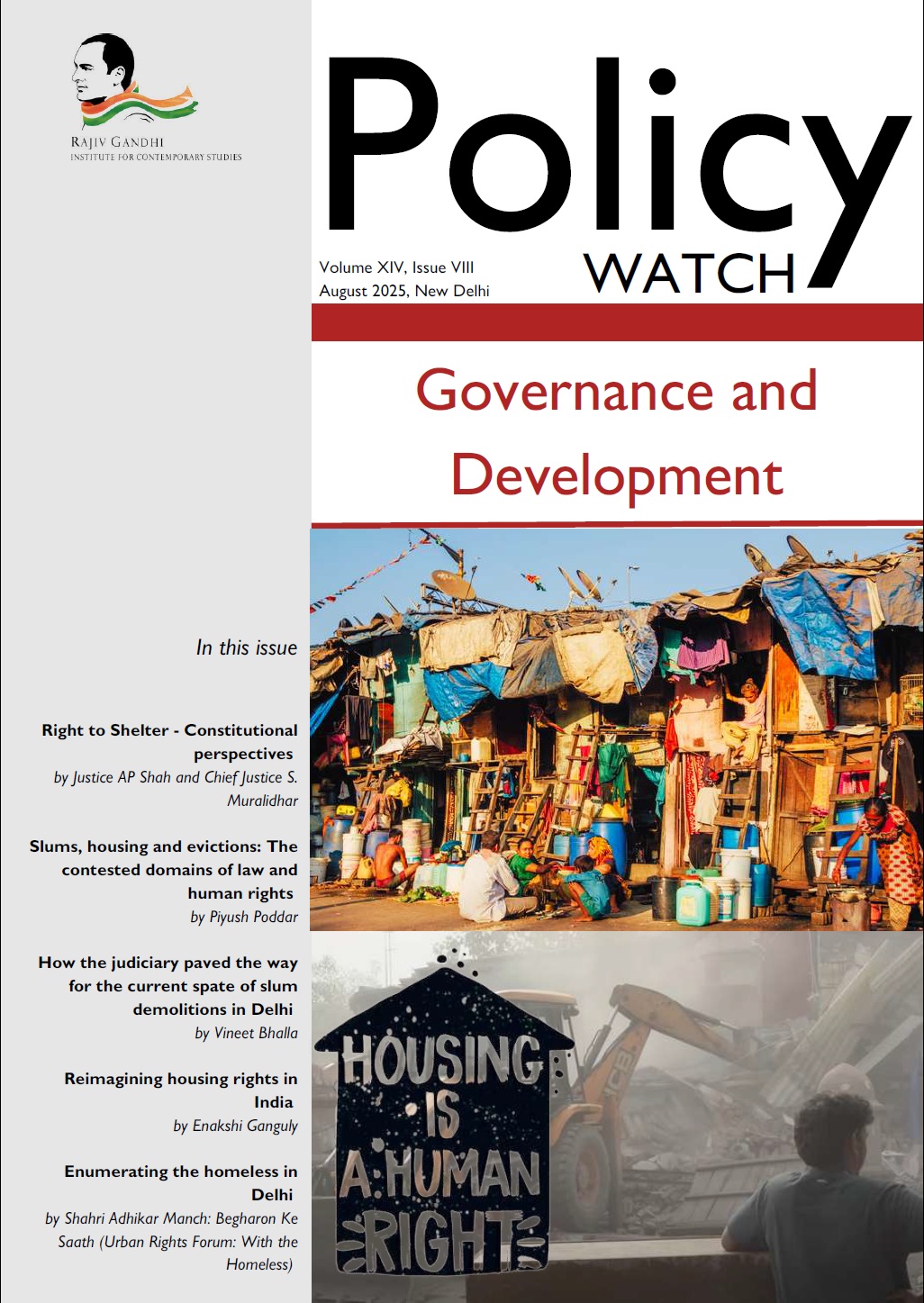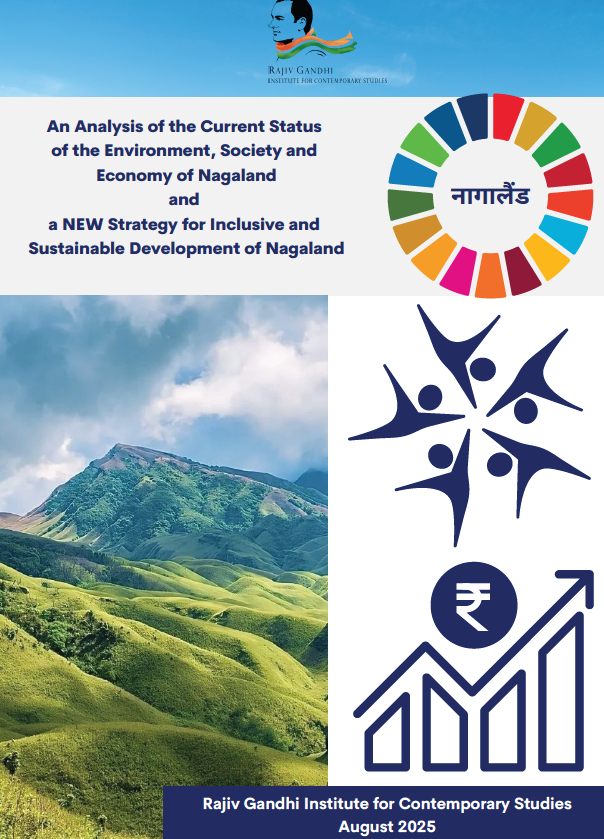India is growing economically, but jobs aren’t keeping up. Despite strong GDP growth, unemployment is rising, and fewer people—especially women—are part of the workforce. The worker population ratio (WPR) is shrinking, and informal, unstable jobs are becoming more common. At the same time, India has a huge youth population ready to work, but without enough good jobs, this demographic dividend could be wasted. The root causes? Rigid labour laws, slow productivity growth, premature deindustrialization, and an education system that isn’t preparing people for available jobs.
The report highlights a troubling trend: economic growth isn’t translating into employment. Industries are shifting to automation and capital-intensive production, leaving behind labour-intensive jobs. Meanwhile, fewer people are actively seeking work, and many women are dropping out of the workforce entirely. Small businesses, which should be engines of job creation, often stay small due to restrictive policies, while big industries are not hiring at the rate needed.
To tackle these issues, the report suggests practical policy changes. Simplifying labour laws, investing in vocational training, and boosting public sector hiring can help. The report also proposes large-scale environmental restoration projects—fixing degraded land and water sources—to create millions of rural jobs. Encouraging urbanization and industrial growth in smaller towns could also distribute opportunities more evenly.
One bold idea is directly paying companies to create formal jobs, similar to global best practices. Instead of just hoping economic growth will lead to jobs, the focus should shift to actively creating good jobs. The goal? An economy where growth benefits everyone—not just a few.
Keywords: Employment, Jobless Growth, Unemployment, Labour Force Participation Rate (LFPR), Worker Population Ratio (WPR), Demographic Dividend, Labour Productivity, Informality, Industrial Policy, Public Services
Employment in India: Structural problems
The report highlights a troubling trend: economic growth isn’t translating into employment. Industries are shifting to automation and capital-intensive production, leaving behind labour-intensive jobs. Meanwhile, fewer people are actively seeking work, and many women are dropping out of the workforce entirely. Small businesses, which should be engines of job creation, often stay small due to restrictive policies, while big industries are not hiring at the rate needed.
To tackle these issues, the report suggests practical policy changes. Simplifying labour laws, investing in vocational training, and boosting public sector hiring can help. The report also proposes large-scale environmental restoration projects—fixing degraded land and water sources—to create millions of rural jobs. Encouraging urbanization and industrial growth in smaller towns could also distribute opportunities more evenly.
One bold idea is directly paying companies to create formal jobs, similar to global best practices. Instead of just hoping economic growth will lead to jobs, the focus should shift to actively creating good jobs. The goal? An economy where growth benefits everyone—not just a few.
Send download link to:








